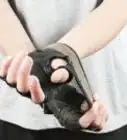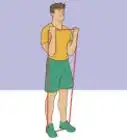This article was co-authored by Laila Ajani. Laila Ajani is a Fitness Trainer and founder of Push Personal Fitness, a personal training organization based in the San Francisco Bay Area. Laila has expertise in competitive athletics (gymnastics, powerlifting, and tennis), personal training, distance running, and Olympic lifting. Laila is certified by the National Strength & Conditioning Association (NSCA), USA Powerlifting (USAPL), and she is a Corrective Exercise Specialist (CES).
There are 20 references cited in this article, which can be found at the bottom of the page.
This article has been viewed 30,047 times.
Getting a ripped back is less intuitive than training your arms or legs. You can't use or lift with the back directly, so you need to do arm and leg exercises that trigger the muscles on your back. Like any kind of bodybuilding, any real progress takes time. Fortunately, with the right kind of determination, a ripped back will be yours. It's a great look on anyone, and will help transform the look of your body.
Steps
Building Back Muscle
-
1Join a gym or set up a mini home gym. If you are fresh to muscle training, joining a gym may seem daunting. Although it may be an easy thing to talk yourself out of, with the right sort of determination, you can benefit a great deal from going to a gym. It's a lot easier to feel motivated when exercising around other people, and the machines at a gym will ensure a well-balanced workout.
- Don't let your pride get in the way of going to a gym. Everyone there was probably at the point you're at currently, and there's a good chance the other people there will want to help you meet your goals.[1]
- Gyms can be expensive. A lot of the same workouts can be done at home instead if you don't have the money to invest in it. You can start small with just dumbbells, or you can get a basic weight bench, barbell, and weight plates.
-
2Work your back 2 times a week, with one day of rest between. To work on building muscle, start with a weight you can lift with good form for 8-12 reps. Do 2-3 sets of 8-12 reps with 1 minute of rest between sets. As you get stronger, increase your weight and decrease to 6-10 reps at your maximum weight. Once you've decreased your reps, increase your sets to 3-5.
- The main back exercises are cable rows, bent over rows, pull ups, chin ups, back extensions, and rear flyes.
- Form is very important, so when in doubt always check with a personal trainer, talk to gym staff, or watch YouTube videos posted by people who have exercise credentials.
Advertisement -
3Do bent-over rows. Grip dumbbells with your palms facing each other or a barbell with your palms facing either up or down, depending on what's comfortable for you. Elongate your arms, bend your knees, and lean forward slightly. Lift your elbows, contracting your back. Exhale as the elbows lift up and back. Inhale and slowly lower the weights. This is one rep.[2]
- Lift a dumbbell or barbell that is heavy for you but that you can lift with good form.
- If you are a gym member, you can also use the cable row machine as an alternative.[3]
-
4Dive into rowing machine workouts. Rowing machines are arguably the best exercise tool to work out your back.[4] It's a relatively fun exercise to pull off, and it's easy to get a good momentum built up. Aim for long rows rather than short ones. This will maximize the effect it has on your back.
- It's important to use proper technique on a rowing machine.
-
5Work pull-ups or chin ups into your routine. Pull-ups are one of the best exercises for working the latissimus dorsi, the muscles down the sides of the back that create the V shape. They're also very difficult however, particularly if you're not used to doing them. Using a pull-up bar, pull yourself up overhand, with your palms facing away from you. Pull yourself up until your chin is at the level of the bar, then lower yourself slowly.[5] Do as many of these reps as you can, and slowly try to increase your reps over the course of workouts.
- You can perform chin-ups by reversing your grip, meaning that your palms will be facing toward you.
- Pull-up bars are easily found at gyms, but you can also purchase pull-up bars to use at home. There are also pull-up bars found in some public parks.
- Pull-ups may be very difficult at first, even impossible. You will find yourself getting better fast however.[6]
- If you've joined a gym, use the lat pull down machine to gradually build up your strength to perform pull ups. Start with a weight you can pull down about 10-12 times. Perform 2-3 sets at that weight for a few weeks. Gradually increase your weight and lower your reps to 6-10 for 3-5 sets. Working up the weight in this manner will build strength and muscle size safely.
-
6Perform rear dumbbell flyes. Stand up with your feet hip width apart, hinged slightly forward at your waist. Your arms should extend forward toward the floor. Lift your arms out to your sides as high as the level of your back. Slowly lower your arms back to the starting position. This is one rep.
- You can also do this exercise laying on your chest and stomach on an incline bench.[7]
- Keep a slight bend in your elbows to protect your joints.
-
7Do back extensions using a machine, cobra pose, or supermans. If you are a gym member, you can use a back extension bench to work your back by doing extensions.[8]
- You can work the back extensor muscles by doing cobra pose or the exercise known as supermans.
-
8Perform glute exercises like deadlifts or bridge pose.[9] To perform a deadlift, hold a heavy weight at hip height. Stand with your legs hip-width apart, then slowly lower the weight forward, hinging at your hip. Keep your back very straight, but bend your knees slightly.
- Alternatively, you could do a bridge pose. Lay back on the floor, with your knees bent and your arms at your side. Squeeze your glutes and lift your buttocks off the floor. Then lower yourself back to the ground.[10]
-
9Follow up with push-ups. Push-ups are seen primarily as an arm and chest exercise, but it does have an effect on your back muscles.[11] Set an amount of reps for yourself and follow through with them, increasing it slightly with each workout you do. Get a trainer to make sure your back is straight if you're not sure.
-
10Change your routine over time. It stands true for any kind of muscle growth: You need to adjust your workout over time to keep your body stimulated by the workouts. Assuming your workouts are regular, you may "plateau" in as little as a few months.[12]
-
11Make sure to get enough sleep. Getting good, proper sleep is essential if you want to encourage muscle growth. While some may skimp out on sleep in lieu of more training, progress will slow to a halt that way. Muscles actually grow while you are sleeping, so make sure to get 7-9 hours of sleep each night to maximize your gains.[13]
- A lack of sleep can also cause you to eat more, which may add to a weight issue.[14]
-
12Stay determined. Those who see the best muscle gains are the ones who approach it with a clear head and good attitude. You should feel as excited about it weeks in as you are at the start. Consistency is key. Don't let your motivation wane after the first few workouts. Progress will come to those who keep their eyes on the prize the whole way through.
Shedding Back Fat
-
1Make an effort to lose fat in general. Being ripped doesn't just mean having a lot of muscle. It also means keeping your fat content low. Muscle definition occurs when the muscle is seen through the fat. If you want a ripped back and have any excess weight, you need to shed fat in tandem with your muscle building. Although some say you can make yourself lose weight in specific areas with exercise, this has been disproven.[15] The only way you can lose back fat is by targeting fat as a whole.
-
2Aim for a half hour of exercise daily. Even on the days where you're not training your back, it's recommended you get a half hour's worth of physical exercise.[16] Your back training can count towards this number but you should try other things, like cardio, in the days you take for breaks.
-
3Go for a run. Running is arguably the go-to exercise for losing weight.[17] It's convenient, it's time-efficient, and the "runner's high" many runners report feeling becomes an incentive to make a habit of it. On the days you're not focusing on your muscles, give running a shot.
- While treadmills at the gym are an option, it's recommended you take your running outside. Running outside is generally more enjoyable, and the exposure to sunlight will improve your mood.
- Swimming is arguably even more effective when it comes to weight loss, but it may not be as convenient an option for you. Swim strokes like freestyle and breaststroke also work the back and can really build back muscle when performed twice or more per week.
-
4Drink lots of water. Drinking water should be made a priority if you want to improve your body.[18] It makes sure your muscles are properly hydrated while you workout. It's also an important aspect of losing weight. Drinking water will give you a greater feeling of fullness, and you won't replace that with "empty calories" such as soda. Keep a refillable bottle of water around with you and refill it when it runs empty.
-
5Try out a whole foods diet. It shouldn't be a surprise that nutrition and dieting plays into a fitness regimen. Cut out empty calories and processed foods. Replace them with leafy greens and legumes.[19] Protein helps curb your appetite and is essential for building muscle, so include it at each meal.
- Good sources of protein include beans, lentils, pulses, dairy, meat, eggs, fish, and tofu.
- Athletes often eat carbohydrates to fuel their workouts, but be sure to choose complex carbs like whole grains and starches over simple carbs like sugar, chips, and white rice.
- If you're trying to lose fat, be sure you consume fewer calories than what you burn during your workouts.[20]
-
6Cut down on alcohol. Alcohol consumption can be very enjoyable, but from the context of working out and trimming fat, it will work against you. Alcohol tends to be very calorie-rich, and habitual use will have a negative impact on your gut.[21] Alcohol also negatively affects your workout routines. If your body is trying to fight off the effects of liquor, it won't be able to focus on building new muscle.
Warnings
- Don't get too worked up about the back in particular. A ripped aesthetic comes from the body as a whole, not just your back.⧼thumbs_response⧽
References
- ↑ http://www.telegraph.co.uk/men/active/10865766/10-things-no-one-tells-you-before-you-join-a-gym.html
- ↑ https://www.bodybuilding.com/exercises/bent-over-barbell-row
- ↑ https://www.bodybuilding.com/exercises/seated-cable-rows
- ↑ http://www.youbeauty.com/fitness/exercises-to-get-rid-of-back-fat/#slide9
- ↑ http://www.bodybuilding.com/fun/ask-the-ripped-dude-4-back-exercises.html
- ↑ http://www.bodybuilding.com/fun/ask-the-ripped-dude-4-back-exercises.html
- ↑ https://www.bodybuilding.com/exercises/reverse-flyes
- ↑ https://www.bodybuilding.com/exercises/hyperextensions-back-extensions
- ↑ Laila Ajani. Fitness Trainer. Expert Interview. 31 October 2019.
- ↑ https://www.yogajournal.com/practice/bridge-pose
- ↑ http://www.youbeauty.com/fitness/exercises-to-get-rid-of-back-fat/#slide6
- ↑ http://www.bodybuilding.com/fun/ask-the-ripped-dude-4-back-exercises.html
- ↑ http://www.mensfitness.com/training/pro-tips/10-ways-to-train-like-a-legend
- ↑ http://www.shape.com/weight-loss/tips-plans/10-ways-lose-weight-without-even-trying
- ↑ http://www.yalescientific.org/2011/04/targeted-fat-loss-myth-or-reality/
- ↑ http://www.mayoclinic.org/healthy-lifestyle/fitness/in-depth/exercise/art-20048389?pg=2
- ↑ http://www.runnersworld.com/weight-loss/4-ways-running-is-best-for-weight-loss
- ↑ http://www.webmd.com/diet/6-reasons-to-drink-water
- ↑ http://www.webmd.com/food-recipes/the-whole-foods-diet
- ↑ Laila Ajani. Fitness Trainer. Expert Interview. 31 October 2019.
- ↑ https://www.drinkaware.co.uk/check-the-facts/health-effects-of-alcohol/healthy-lifestyle/can-alcohol-affect-sports-performance-and-fitness-levels
- ↑ http://www.mayoclinic.org/healthy-lifestyle/fitness/in-depth/exercise/art-20048389
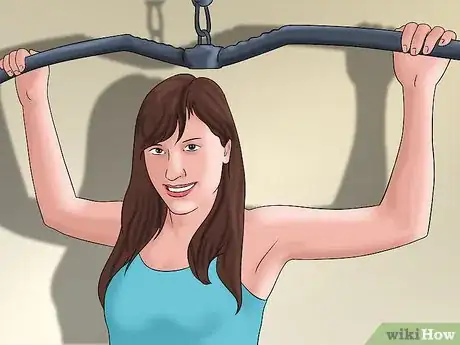
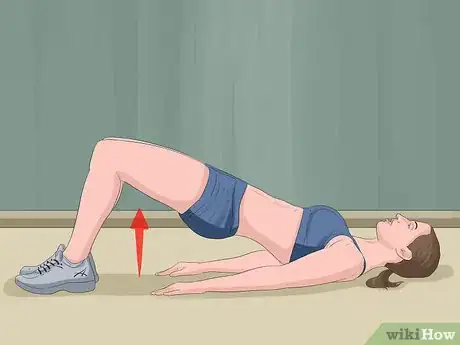

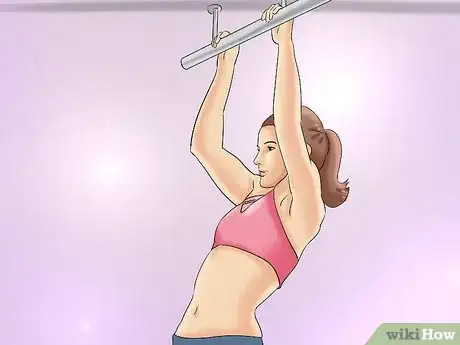

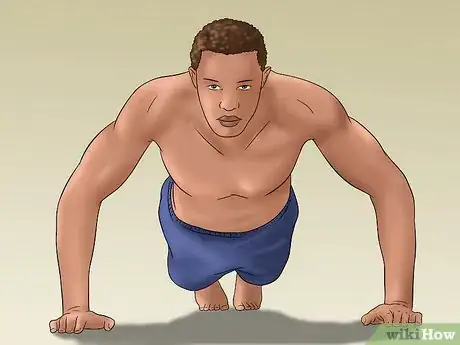



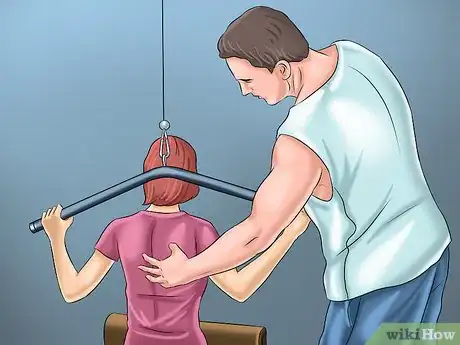
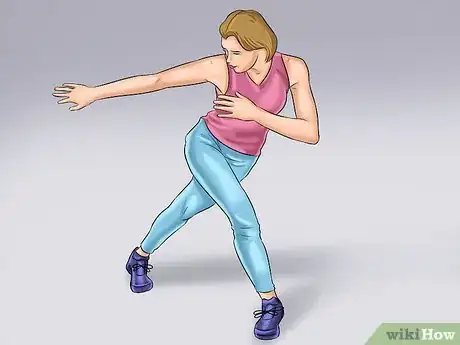
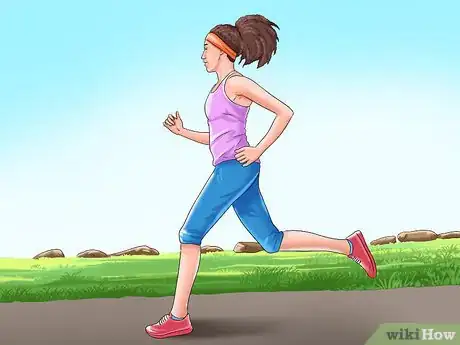
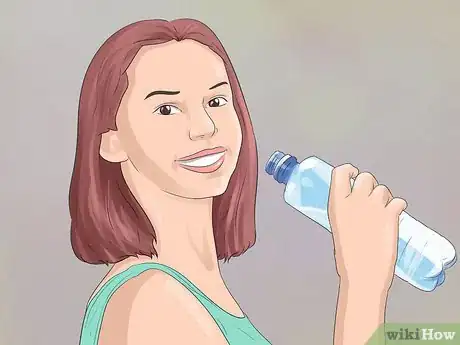




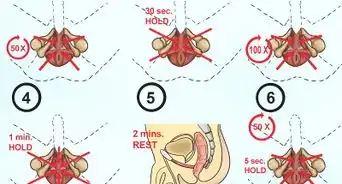

-Step-24.webp)



